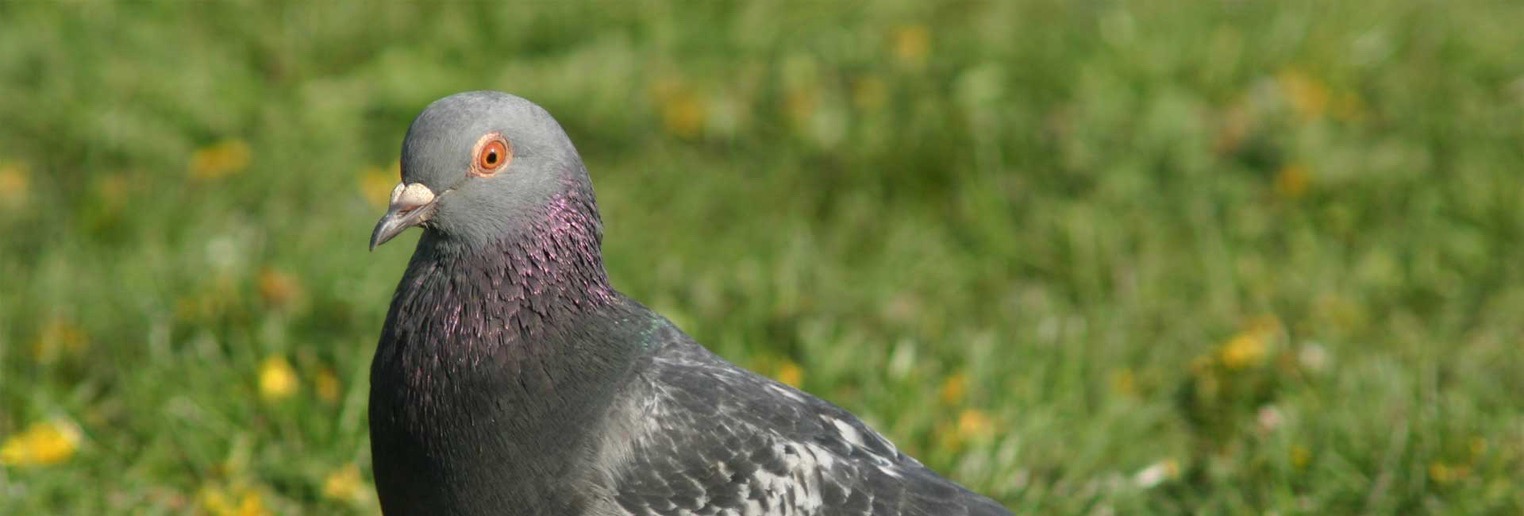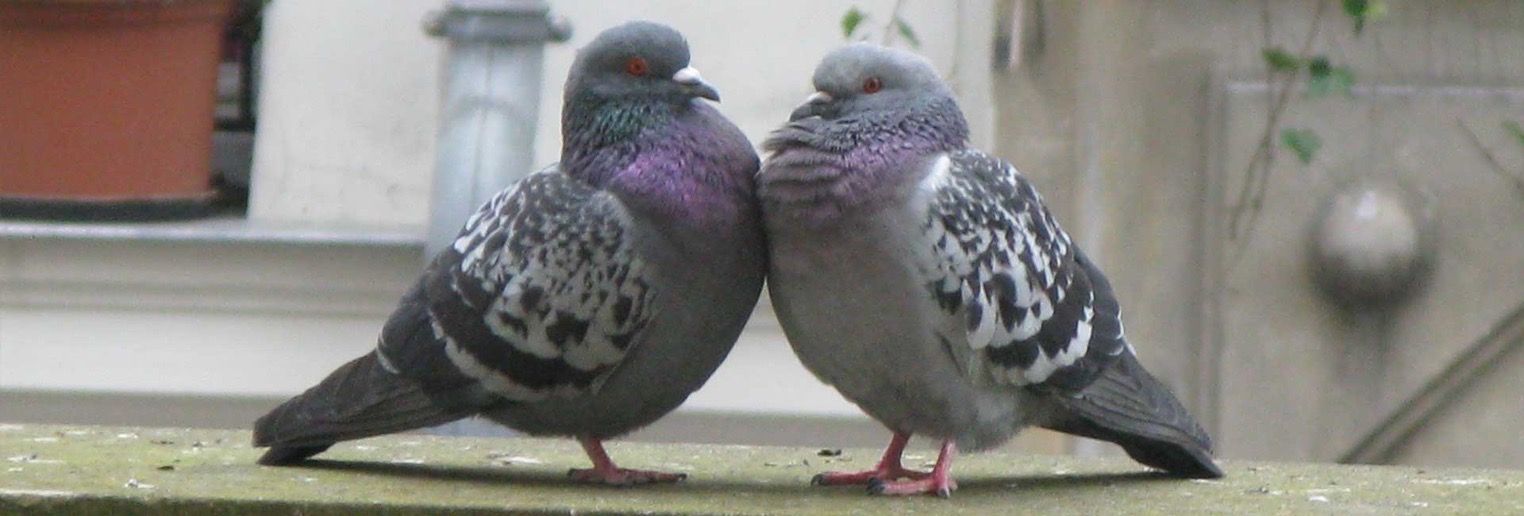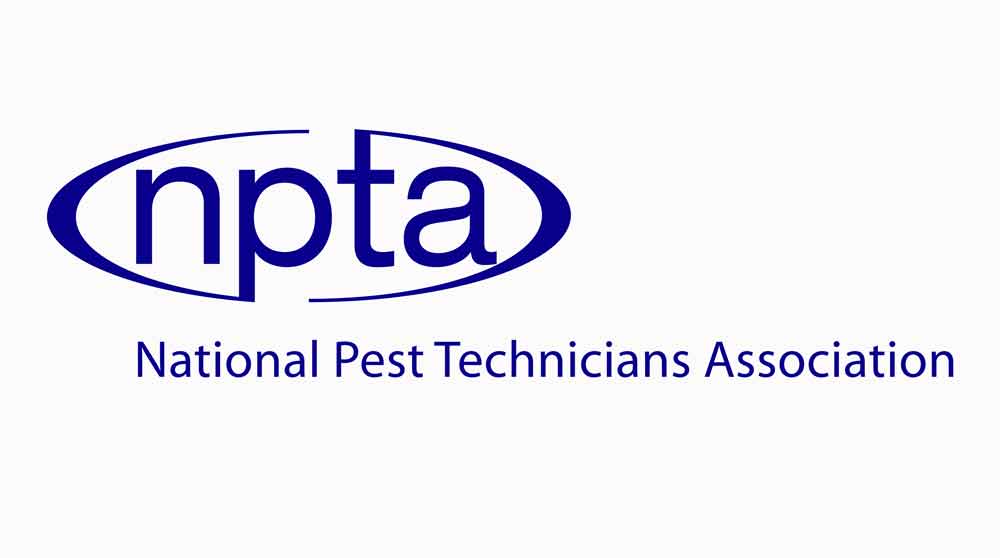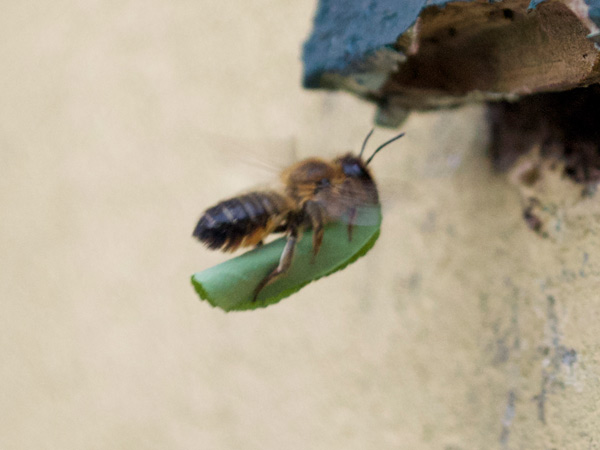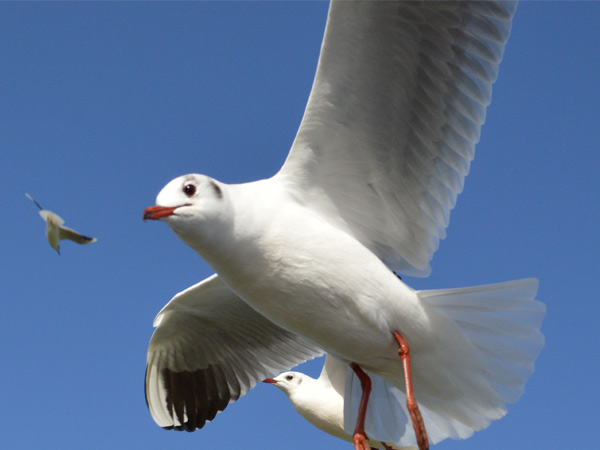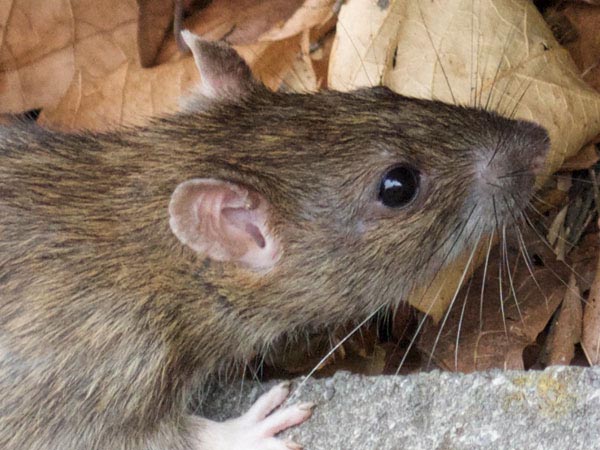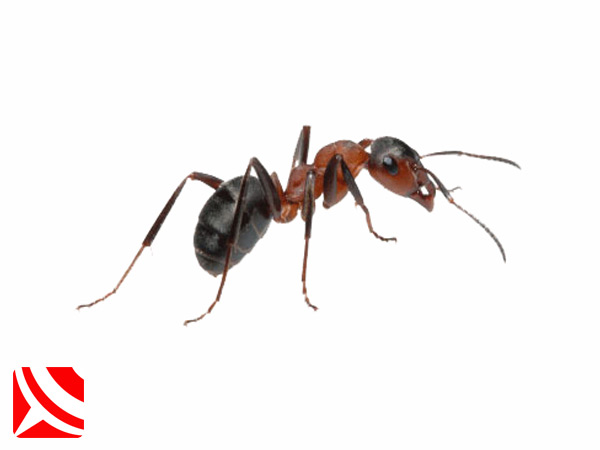Solve Pigeon Problems Today : 0117 303 5181
Feral Pigeons (Columba livia) The Facts:
What Are Pigeons?
The urban pigeons that we can most closely associate with when the word pigeon is mentioned, are often thought of as a city dwelling bird. In fact, this is a stereotype that fails to reveal the full story of the feral pigeon.
Pigeons are more correctly described and named "Rock Doves". The name "Rock Doves" does sound like the name of an 80s rock group, however they love our homes and cities because their natural habitat is cliffs!
Most pigeons are your regular blue-grey colour, while others are white and every shade in between.
Over the centuries, our relationship with the pigeon has moved on. Once upon a time, a pigeon fancier would have been quite respectable. Today though, having a love of pigeons is considered a little bit unusual.
Pure, wild rock doves are now only seen in the UK, on the coasts on northwest Scotland, but the slightly more complex version that we see day to day in our towns and Cities is far more abundant.
Quick Pigeon Identification:
Wild pigeons are grey with a white rump, rounded tail with dark tip and pale grey wings with two black bars.
These are the feral pigeons key facts:
> Colour - Grey-blue with distinctive green/blue metallic necks.
> Wingspan - 50 - 60cm.
> Flight Speed - upto 50mph!.
> Shape - Rounded tail, pointed wings and rounded head.
> Size - Around 30cm (12 inches).
> Legs - Pink.
> Beak - Grey.
> Flight - Fast, direct and very agile.
> Sound - Loud cooing.
> Nesting - compact nests in gutters, roofs and ledges etc.
> Eggs - Usually two, white eggs.
> Chicks - Chicks hatch within 14-18 days and leave the nest within three weeks.
> Population Status - Designated a RSPB Green Status species.
> Diet - Seeds and cereals.
Do Pigeons Spread Disease?
Pigeons are important vectors of disease, and these include microorganisms like viruses, bacteria, parasites and more. This is where the nickname "sky rats" brings our relationship with these birds into a direct and closely linked comparison with rodent vermin.
Pathogens (disease causing agents) get transmitted in a variety of ways. Direct contact with droppings is one way, but looking outside the box will help identify that pigeon droppings get into water supplies, food products and more.
Pathogens and parasites you need to know about include Ornithosis (deadly respiratory disease), Cryptococcal meningitis (fatal disease of the central nervous system), Listeria monocytogenes (causes meningitis and stillbirths) and Toxoplasmosis gondii (causes abortion).
The list of terrible diseases and medical events that could be triggered by exposure to feral pigeons is mindblowing, but this must be weighed against the low likelihood of infection.
What Are The Best Methods of Controlling Pigeons?
In recent years technology has been developed to provide some very unique and effective methods of control that we are helping pioneer in the British Pest Control industry
The most common control methods include:
> Netting - Discreetly prevents birds accessing sensitive areas.
> Spikes - These prevent birds from landing safely.
> Lasers - Visible light scares birds away.
> Shock Strip - Prevents birds from resting on sensitive structures.
> Bird Proofing - Designing out bird resting points and roosts.
> Bird Scarers - Audible devices and materials to unsettle and scare birds.
